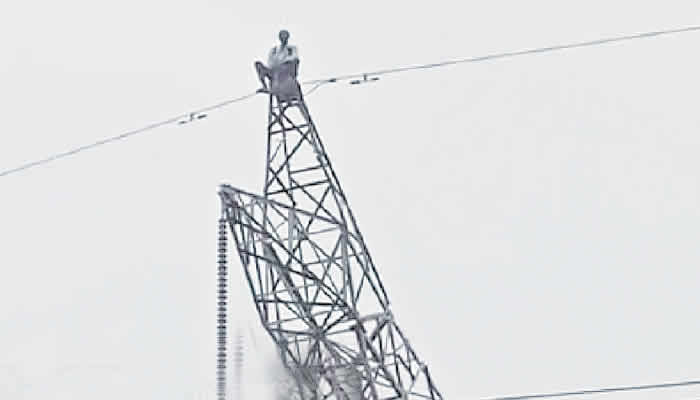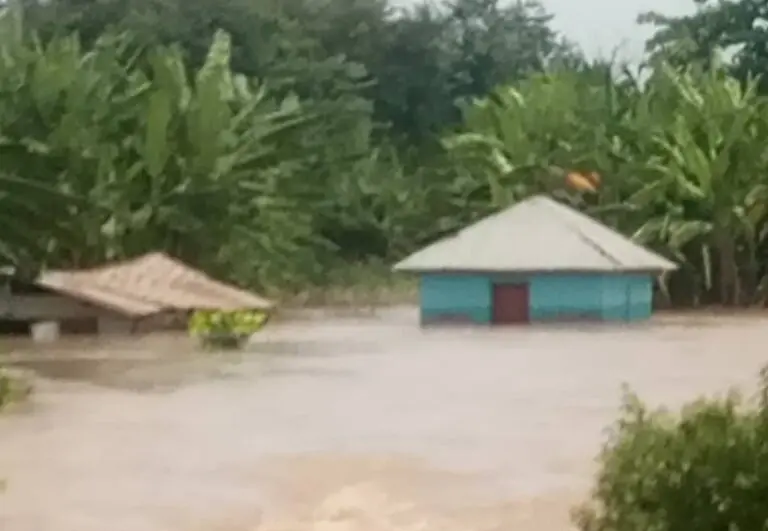Following the devastating flood that ravaged communities in Mokwa, Niger State—claiming over 150 lives and destroying properties—the Federal Government on Tuesday warned state governments and stakeholders to brace for more rainfall and potential flooding.
The government issued the alert based on the 2025 Annual Flood Outlook (AFO), which identified 1,249 communities in 176 Local Government Areas across 33 states and the Federal Capital Territory (FCT) as high-risk flood zones.
Additionally, 2,187 communities in 293 LGAs across 31 states and the FCT are in moderate-risk areas.
High flood-risk states include: Abia, Adamawa, Akwa Ibom, Anambra, Bauchi, Bayelsa, Benue, Borno, Cross River, Delta, Ebonyi, Edo, FCT, Gombe, Imo, Jigawa, Kebbi, Kogi, Kwara, Lagos, Nasarawa, Niger, Ogun, Ondo, Osun, Oyo, Rivers, Sokoto, Taraba, Yobe, and Zamfara.
Minister of Water Resources and Sanitation, Prof. Joseph Utsev, while addressing journalists in Abuja, dismissed claims that the flooding in Mokwa was triggered by water releases from the Kainji or Jebba dams.
He assured the public that both dams are intact and structurally sound.
Prof. Utsev described the Mokwa disaster as an unfortunate natural event and confirmed that government experts have been deployed to the affected areas to investigate the immediate and underlying causes.
He reiterated that the previously released AFO remains valid and urged all stakeholders to adhere to the guidelines to prevent further tragedies.
“I want to emphasize that the flood was not caused by releases from the Kainji or Jebba dams; both facilities are intact and safe,” the minister stated.
“This flood, like many others in recent times, is a stark reminder of the growing impact of climate change on our environment and water systems. Extreme weather events—such as intense rainfall and river flooding—are becoming more frequent and severe, not just in Nigeria but globally. These events threaten livelihoods, test infrastructure resilience, and impact environmental sustainability.”
He added: “As a ministry, we remain fully committed to managing the nation’s water resources in a sustainable and climate-resilient manner. We call on all stakeholders—government agencies, the private sector, civil society organizations, and community leaders—to work together to build safer, more resilient communities.”















